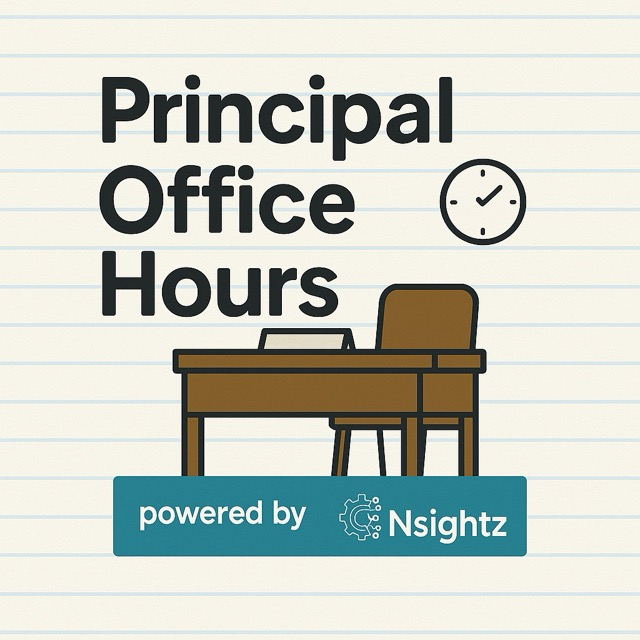How Can HR Benefit By Using Agile Principles?
Summary:
CT discusses the concept of Agile in HR and how it can be applied in mid-sized organizations. They highlight three key areas where data analytics can be utilized within an Agile HR framework: employee feedback and continuous improvement processes, workforce planning and talent management, and cross-functional collaboration. By collecting real-time feedback, analyzing workforce skills, and promoting collaboration, HR teams can adapt quickly to changing business conditions and meet the needs of the organization.
Key Takeaways:
Agile HR emphasizes flexibility, adaptability, continuous improvement, and collaboration.
Data analytics can be used to collect real-time feedback from employees and identify areas for improvement.
Analytics can help identify skill gaps and enable proactive measures such as training or recruitment.
Cross-functional collaboration can be fostered through data-driven dashboards and shared metrics.
Timestamp
0:00:00 Introduction to Agile principles in HR
0:01:24 Using data for employee feedback and continuous improvement
0:02:25 Applying analytics in workforce planning and talent management
0:02:53 Promoting cross-functional collaboration through data analysis
Join us at HR Impact
Learn and connect with a community of HR leaders just like you. This is the space where top people leaders share actionable insights and practical playbooks in fostering a high-performing workplace of the future.
Sign up as a member today for community updates on the latest HR resources and exclusive event invites: www.engagerocket.co/hrimpact
Transcript
[CT] Agile HR
CheeTung Leong: [:And these allow for more nimble or agile responses to changing business conditions and needs. I'm going to look at three ways in which we can apply data within an agile context in HR for mid sized organizations. Now, the first area that we can do this is within employee feedback and continuous improvement processes.
rstand how recent changes or [:So for example, if your feedback indicates that a new flexible working policy is popular, but some employees are struggling with time management, the HR team could then quickly arrange for training sessions Or to be able to provide more detailed guidelines. Now, second big area that this could be applied is within workforce planning and talent management.
Just take a mid sized healthcare organization. For example, they could use analytics to look at the skills across their entire workforce. And if they find that there's a shortage of employees with a particular certification, that's becoming more and more important for them, they can react quickly by setting up some in house training or provide incentives for external certification.
And similarly, if analytics predicts that there's. surge in demand for their services in the coming quarter. They can then proactively recruit temporary staff or cross train existing staff to be able to meet this need. The third and final area that I'll look at is around cross functional collaboration.
facturing firm, HR could use [:cross functional collaboration. So for example, if the sales department sees that their sales per employee is falling, they might work with HR to understand whether there's any correlation between training and absenteeism and sales numbers, this could lead to cross functional initiatives, like a new training program or a review of work schedules to be able to reduce absenteeism.
Now we don't have to tackle all of this all at once. The idea behind agile is really, we look at some processes that we can change and we start changing things one step at a time. And this then allows us to be a lot more flexible to the changing business environment and to the changing needs that the business would have around us, even in a resource strap, a mid sized HR organization.
So I hope you found this useful. If you have, please follow Engage Rocket on LinkedIn. Thanks for listening.


